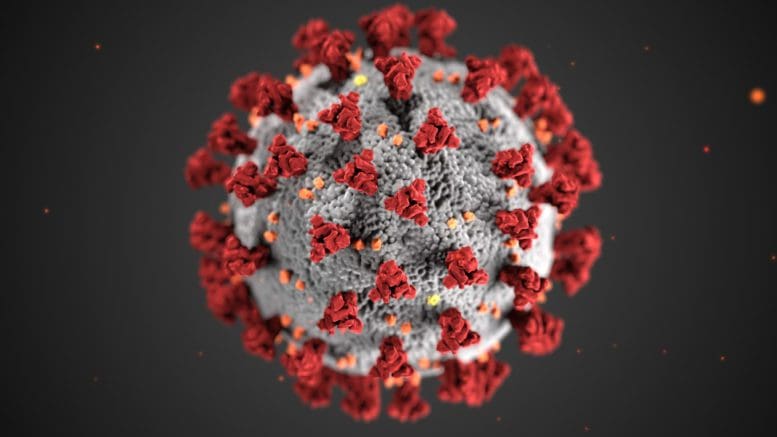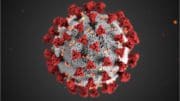A lot has been written about COVID-19 and the vaccines. There’s so much out there, ranging from valuable information to fraudulent nonsense that I thought compiling the current state of knowledge and information into a succinct Frequently Asked Questions (FAQ) format could be helpful.
What is a coronavirus?
The National Institute of Allergy and Infectious Diseases put together a readable and clear overview of coronaviruses and a brief history of the recent outbreaks of various types of coronavirus.
For a more detailed overview of coronavirus, Johns Hopkins Medicine put together a FAQ in 2020. It hasn’t been updated with more recent information on the variants of the disease, or the vaccines, but it still gives a good basic overview of what a coronavirus is, and what it does.
What are the latest numbers on the COVID-19 pandemic?
There are a number of good sources for data on COVID-19 cases, case rate, test positivity, ER visits, hospitalizations, and the demographic characteristics of people affected by the disease.
I use three sources for the general numbers, ranging from local to international, which you can reach by following the links below:
For state and Cobb County data:
Cobb & Douglas Public Health runs the case rate on their home page, although it is not updated frequently.
A more frequently updated summary of the statistics on COVID for Cobb County is the CDC’s County View page for Cobb County. The numbers come from the Georgia Department of Public Health but are displayed in a much easier-to-read way than the sprawling GDPH website. From this page you can get the one-week figures on the number of new cases, case rate per 100,000 of population, hospitalizations, deaths, and the percentage change from the previous 7-day period. It also includes data on testing and vaccination rates.
The Georgia Department of Public Health publishes a daily status report on the pandemic every afternoon at around 3 p.m. It’s a comprehensive report with extensive data and charts arranged statewide and by county, that also includes age breakdowns, racial demographics, and data on vaccination and testing.
It isn’t the easiest system to navigate, but it’s worth spending time learning how to use if you’re interested in getting the latest statewide and local data on the state of COVID-19.
To get an overview of how much the pandemic is stressing the hospital systems in terms of ER visits, hospital bed capacity, and ventilator use, there is a Hospital Bed and Ventilator Use report with interactive maps. The map is organized by hospital region, and Cobb County is part of Region N.
To get data on what percentage of patients in Georgia hospitals were admitted for COVID-19 versus all other causes, there is a Georgia Medical Facility Patient Census. It also reports numbers by statewide and hospital region.
Data on COVID-19 and children
I’ve put this under a separate heading because COVID-19 and preschool and school-aged children is the source of a lot of discussion and controversy.
You can get data on the age ranges of people infected with COVID-19 on the GDPH COVID-19 Status Report, but the clearest overview for Georgia statewide and local COVID cases among the school-aged and preschool population is the Georgia Department of Public Health School-Aged Surveillance Reports.
The reports are released each Friday, and the data is organized at the statewide and county level. The reports also reflect the increases and decreases from the previous week.
National and International data on COVID-19
For a look at COVID-19 at the national levels, two of the best are the dashboard built by Johns Hopkins University School of Medicine, and the one created by the World Health Organization.
How to identify misinformation about COVID
The article “COVID-19 Vaccines For Children: How Parents Are Influenced By Misinformation, And How They Can Counter It,” originally published in The Conversation, and reprinted (with permission) by the Courier, gives a good brief overview of the main sources of COVID misinformation.
The Center for Countering Digital Hate issued a report on the 12 sources that account for most of the vaccine misinformation on the internet.
The Centers for Disease Control and Prevention posted a page on How to Address COVID-19 Vaccine Disinformation.
Organizations including UNICEF and the Yale Institute for Public Health published a detailed field guide for public health professionals about how to address vaccine hesitancy.
Omicron and Delta variants
The CDC recently published an updated page on what’s known about the Omicron variant at this time.
How do health professionals and researchers determine which variant a particular case is?
What is the difference between PCR and antigen COVID testing?
An article by a molecular biologist explains the differences, advantages and disadvantages of the PCR and antigen tests.





